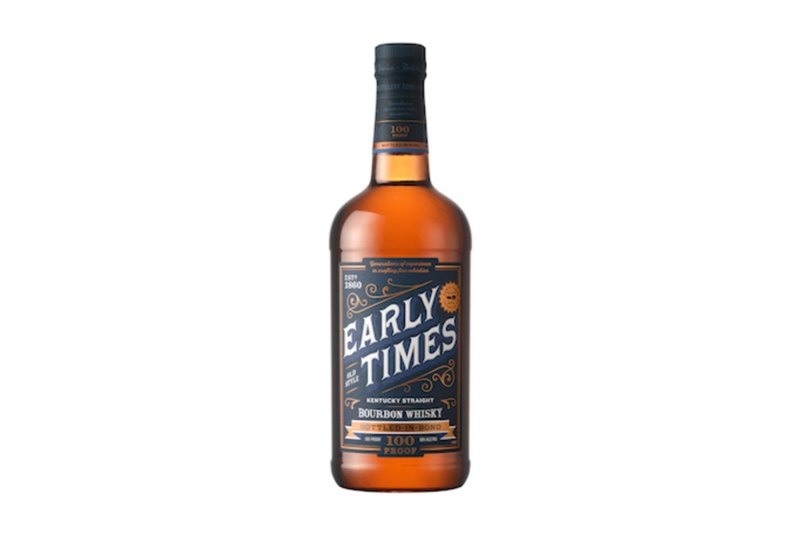Early Times whiskey is celebrating its 160th year — not a bad run for any brand — but it was announced this week that Brown-Forman is selling the brand to Sazerac. Brown-Forman, which has owned Early Times since 1923, is unloading the whiskey brand along with Canadian brands Canadian Mist and Collingwood — so it’s possible that this deal is more about those than it is about Early Times. More people drink Early Times than you might think, as the brand claims that it is “the seventh-largest unflavored whiskey in the United States available in markets around the world.”
“Early Times and Canadian Mist have been valued brands in our portfolio for many years, and they each have played significant roles in our company’s history,” said Lawson Whiting, president and CEO of Brown-Forman, in a prepared statement. “We are thankful to all the people who have distilled, bottled, shipped, marketed, and distributed these brands with care over the years.” Sazerac CEO and president also expressed his delight in acquiring what he called “iconic brands.”

So what is Early Times anyway? First of all, it’s not actually a bourbon. Instead, it’s labeled as Kentucky whisky (without the “e”). This is because it is aged in a combination of new and used oak barrels, which means it cannot be legally classified as bourbon. The brand has a long history, and was a top-selling whiskey back in the first half of the 20th century (when it was actually bourbon). Nowadays it’s considered more of a bottom-shelf bottle, with its low price point partly due to the fact that aging some of the liquid that goes into the blend in used barrels helps to cut costs. There was a limited release bottled-in-bond bourbon expression that was marketed a few years ago that whiskey fans seemed to enjoy. Overall, for a low-key, low-cost whiskey, Early Times is not so bad and still sells pretty well.
Again, if you look at the history behind Sazerac’s acquisitions over the past few years, this looks like a deal that is more about the Canadian brands. The company refurbished the Old Montreal Distillery and acquired Seagram’s Canadian whiskies from Diageo in 2018, a pretty significant move into Canadian whisky territory that is now an even greater one. It’ll be interesting to see if Sazerac tinkers with the Early Times formula, leaves it as is, or banishes it to the annals of whiskey history.



